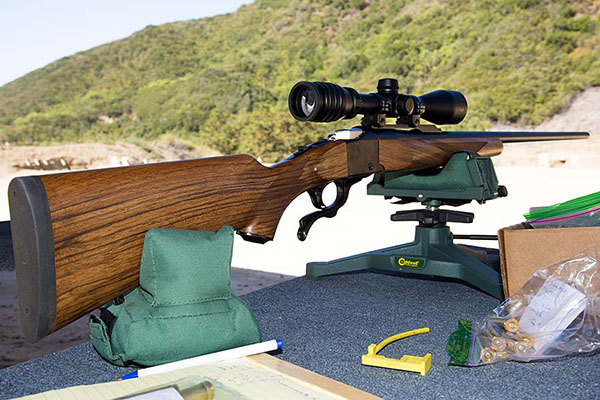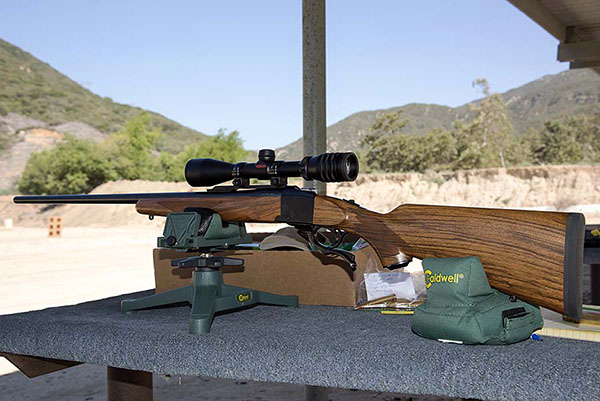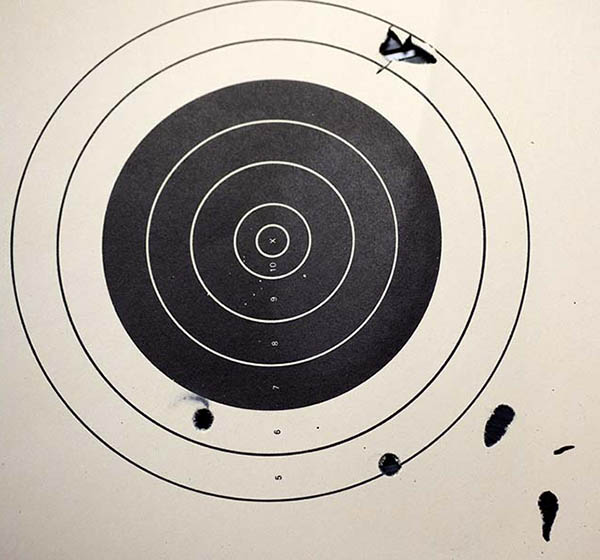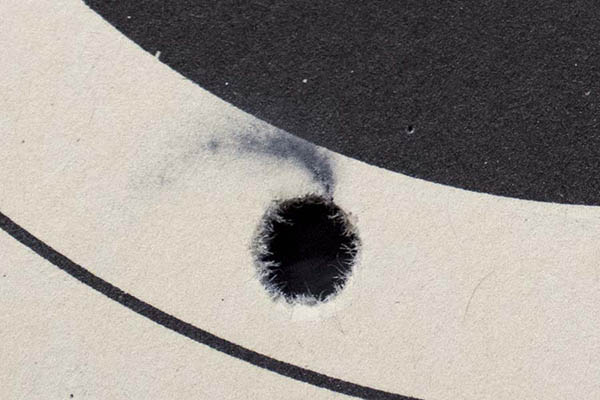
I experienced something recently I had heard and read about in years past, but I had never personally experienced. I’d been wanting a .257 Weatherby No. 1 ever since they became available. To understand what that means if you’re not a single-shot rifle aficionado like I am, I need to start with a bit of background.
Roy Weatherby was a southern California entrepreneur who developed a line of ultra-high-velocity rifle cartridges in the 1940s and beyond. Weatherby built a rifle company around his proprietary cartridges, and they are fine firearms. Roy has gone to his reward, and he was one hell of a man while he was with us. I met Weatherby in the early 1980s and I know of what I speak, but that’s a story for another time.
Next bit of information: Of the several cartridges that Mr. Weatherby developed, his personal favorite was the .257 Weatherby. It’s a very, very fast quarter-bore (a .25-caliber cartridge) that has a huge brass case holding a lot of propellant, which vents all its fury on that little bullet when, as they say, the hammer falls. The cartridge is wicked looking. The thing resembles a hypodermic needle, and if you’re shooter and a reloader like me, you get all gaga over such things. The .257 Weatherby has muzzle velocities approaching 4,000 feet per second. To put that in perspective, consider that the 5.56mm NATO round, the one used in the so-called assault rifles and our US Army M-16, is “only” a 3,100 fps cartridge. The .257 Weatherby is super fast. It’s the fastest .25-caliber cartridge there is. In that caliber, there’s nothing faster.
Next bit of gun info: One of the most desirable and beautiful rifles in the world is the Ruger No. 1. It’s a single-shot rifle, which means you load one round at time. When I hear my gun buddies get their shorts in a knot about the “gubmint” limiting us to 10-round magazines, I have to laugh. That’s nine more than a real rifleman needs. One shot, if you’re doing things right, is all it takes.
Next point…last year, Ruger offered their No. 1 single-shot rifle in a very limited run chambered for the .257 Weatherby cartridge. I love the Ruger No. 1 and I always wanted something in chambered for the .257 Weatherby cartridge. For me, it was a no-brainer. I had to have that rifle, and I finally found one (at a good price, and with nice wood). It’s the one you see in the photo at the top of this blog. It’s awesome. Circassian walnut with nice horizontal streaks, a 28-inch barrel, and chambered for the ultimate round. The stock looks good from both sides, too. Take a look…


The excitement with a new rifle like this (beyond the pride of ownership and the dreams of distant hunting trips) is developing a load that groups tightly. Usually, I can get a rifle to shoot into an inch at 100 yards with the right combination of powder, powder charge, bullet, primer, seating depth, and the other variables in cartridge development. It’s a mini-engineering development program, and finding the right recipe is a big part of the fun. Maybe someday I’ll do a blog on that, too.
So I started with my first load, which consisted of 87 gr Hornady bullets, and varying loads of IMR 4350 propellant (what most folks would call the gunpowder, but we reloaders call it propellant). The rifle was grouping okay (nothing great; I haven’t found the perfect load yet), when I got to the last load to be tested. It was a max load, which means it had the highest propellant charge I was testing that day.
None of the loads showed any pressure signs (like flattened primers or difficulty opening the action). That’s what you watch for, to make sure you don’t create loads with excessive pressure.
Even the max load seemed okay, but when I fired the first shot I saw from the hole it made on the target that it was tumbling. After firing the next four, two more tumbled and, not surprisingly, the group had opened up significantly.
It was a lousy load from an accuracy perspective, but here’s where we get to the “never seen this before” before part of the story.
Here’s what the target looked like…

Now, for the really interesting part. Check out the bullet hole at the 7:00 position…the one at the lower left (the target was mounted on its side).
Here’s a closeup of that bullet hole…

The dark roostertail you see above is the lead spraying out of the bullet’s copper jacket as the bullet disintegrated in flight. Some of the bullets disintegrated sooner and started tumbling before they hit the target. This one was breaking up as it went through the target!
Like I said, I had heard of this phenomenon before, but I never actually experienced it firsthand. The muzzle velocity, according to my reloading manual, was just under 4000 fps. Just for grins, I calculated the bullet rpm at that velocity, and by my reckoning, it works out to something approaching 300,000 rpm. That little puppy was spinning, and between the centrifugal forces the bullets were experiencing at that rpm and the aerodynamic heating at those speeds, they were breaking up in flight. That’s fast!
Interesting stuff, to be sure.

“Circassian splendor” Is that like Fine Corinthian leather?
Better. Much better.